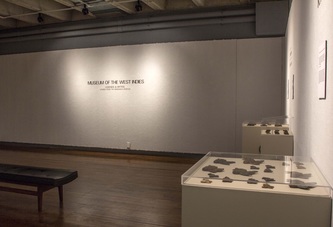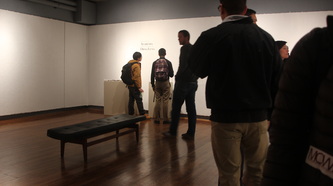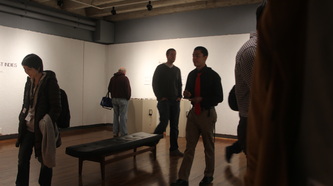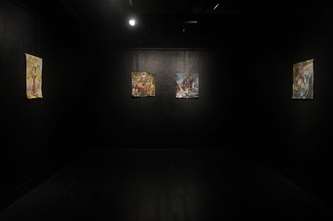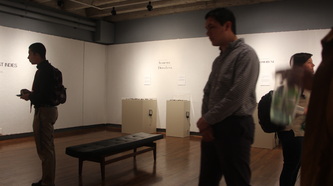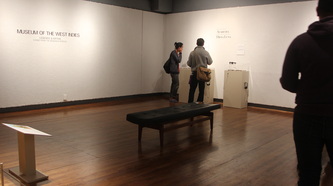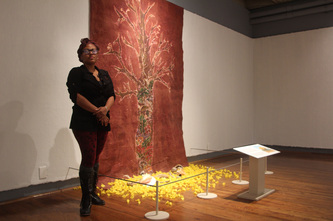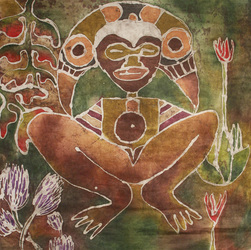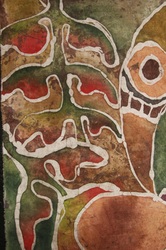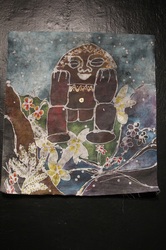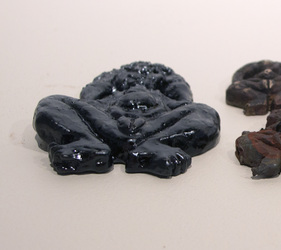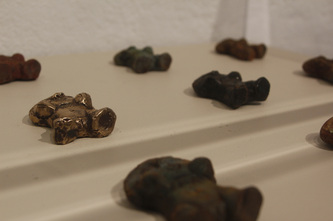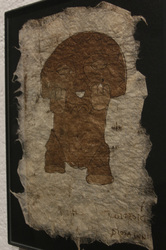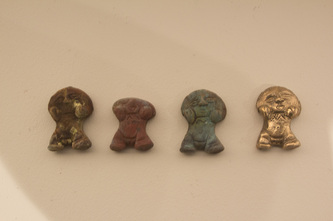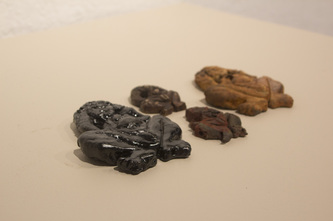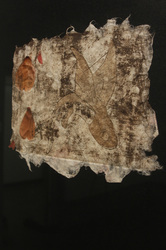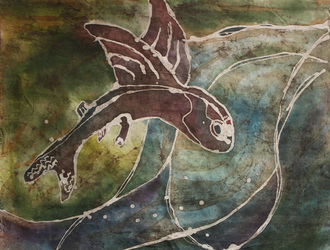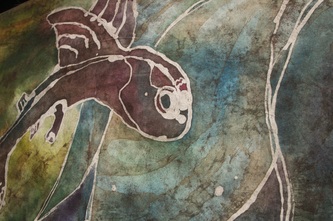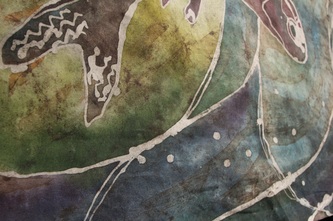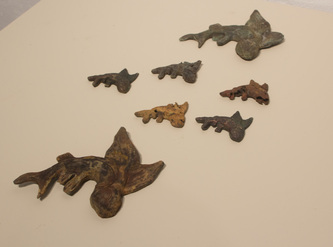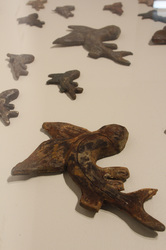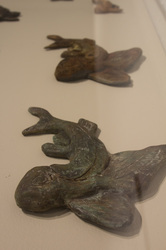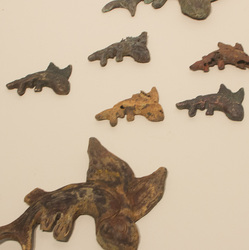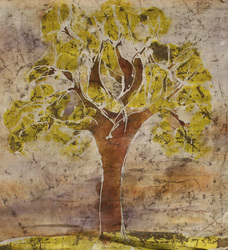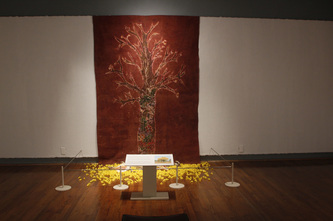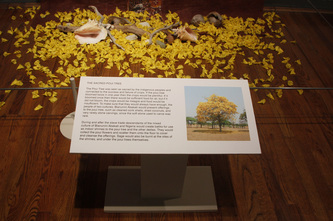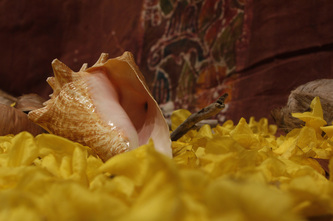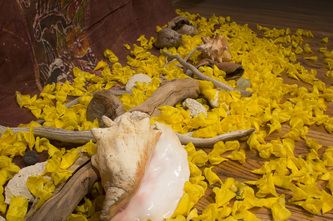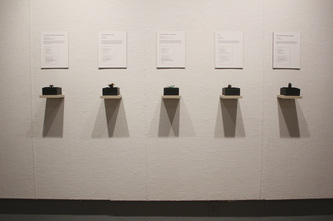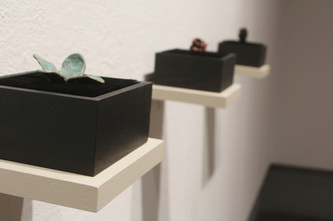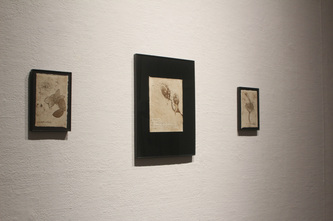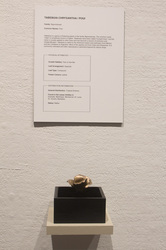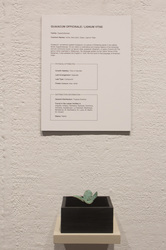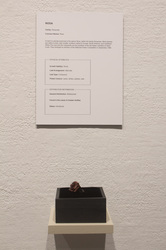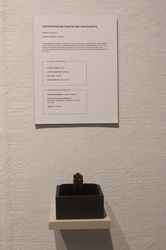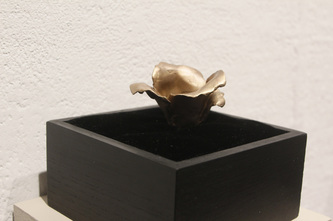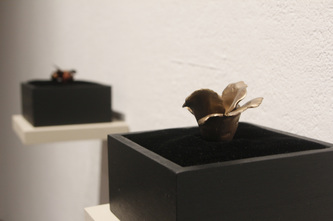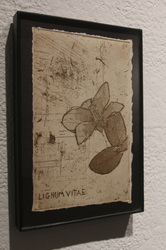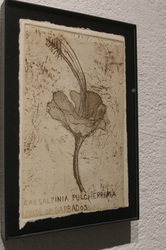|
MOWI PRESENTS LEGENDS & MYTHS: STORIES FROM THE INDIGENOUS PEOPLES
The exhibition will feature work and stories from the travelling collection of The Museum of the West Indies. This will be the second and final exhibit of The Museum of the West Indies at San Jose State University. Kathleen McDonald had been researching her ancestry in an attempt to connect her family to the indigenous peoples of the Caribbean. Much of the information on ancestry in he Caribbean was lost during colonization and the slave trade, but McDonald had a break through when she visited her grandmother’s house in St. Lucia and found artefacts, artwork, and, letters written in Kweyol by her great grandmother, telling the story of a forbidden love between a Carib man and an Arawak woman. Their cultures combined and created new myths and legends of spirits and deities passed down through the generations by oral tradition. Kathleen McDonald renovated the house to allow it to function as The Museum of the West Indies, which is based in Viex Fort, St. Lucia, but also has satellite venues in Barbados and Jamaica. |
|
THE GODDESS ATABEYRA
& HER INCARNATION AS DIOSA LUNA The story goes that Atabeyra is the Earth Mother and all lesser gods and humans are descended from her, she should be honoured and present during childbirth, and be placed in the ground for bountiful crops. Legend has it that there was a mountain and within it there were two caves. From one of the caves the future of humankind emerged. In the stories passed down through generations, this mountain is represented as Atabeyra’s uterus, and thus the people of the earth are descended from her. In West Indian folklore representations of Atabeyra occur in metal amulets, prints, and in the preparation materials used in childbirth. Her name has been interpreted as meaning “Mother of the Waters” referring to her control of the fresh water rivers and lakes contained in her earth realm thus connecting her to the moon. Atabeyra’s squatting position imitates the position women take in childbirth. Atebeyra is also known as Mujer de Caguana or Mother of Creation. She has many functional names in Arawak religion and culture and these include Atabei, Atabex, Guimazoa and Guabancex the goddess of hurricanes. As an ‘Earth Mother’ and ‘Mother of the Waters’ she is also known as Attabeira, Atabey, and Atabei, as well as being a supreme goddess. Atabeyra transformed into the goddess of the moon, and in this form she was called “Diosa Luna”. Diosa Luna in bronze and iron would keep the peoples safe when she was kept close during night travel. The story of Diosa Luna has many variations but much of the major details are consistent in all versions. After sunset, and Diosa Luna came out of her cave. She ascended to shine in the sky and control the tides with her light. |
Metal Amulets of Atabeyra and her incarnation as Diosa Luna have been found in iron and bronze. The bronze amulets have mostly been found in and around the living quarters of the caciques (chiefs) implying that they had greater wealth than others in the tribe. While the societies of the Greater Antilles honoured a matrilineal way of life with a male cacique, the chiefs in the kingdoms of the Lesser Antilles were primarily female. Images of Atabeyra can be found carved on the Poui tree shrines of many of the Greater and Lesser Antilles islands of the Caribbean.
|
|
KOMORUNI THE GUARDIAN OF THE CROSSING
The myth of Komoruni begins at the sea. Komoruni resembled the flying fish and for this reason, it was a good omen to travellers who saw the flying fish on their journeys. There was once a flying fish with strange marks upon its head and tail. The fish had become caught in a net and pulled to shore. One of the Arawak women on the beach respected the flora and fauna spirits and freed the fish. Seeing the kindness of the woman Komoruni revealed his true self. He then told the woman that the people of her tribe would always have safe passage if they always set him free on their journeys between the islands. In West Indian folklore Komoruni is similar to Atabeyra in that representations of him occur in print form as well as in the two metals, bronze and iron. Where Komoruni is unique, is in his depiction in stone. A recent finding of a green stone carving shows the face and fin of Komoruni. This particular stone was found in Harrison’s Cave of Barbados, a place also considered a sacred space by the indigenous Arawak peoples. The amulets of Komoruni are normally found around Poui tree shrines across the Caribbean in iron form, but bronze amulets have also been discovered in a few cacique dwellings. The legend of Komoruni is the only one that includes ritual procession to the Poui tree. In the oral tradition the amulets are cleansed of bad energy under the falling flowers of the Poui tree. |
|
THE SACRED POUI TREE
The Poui Tree was seen as sacred by the indigenous peoples and connected to the success and failure of crops. If the poui tree bloomed twice in one year then the crops would be plentiful. If it bloomed once then there would be sufficient food for all, but if it did not bloom, the crops would be meagre and food would be insufficient. To make sure that they would always have enough, the people of two cultures, Bianunini Abakati would present offerings to the poui tree, such as cleaned conk shells, dried coconuts, and very rarely stone carvings, since the soft stone used to carve was rare. During and after the slave trade descendants of the mixed culture of Bianunini Abakati and Nigeria would create batiks for use as indoor shrines to the poui tree and the other deities. They would collect the poui flowers and scatter them onto the floor to cover and cleanse the offerings. Sage would also be burnt at the sites of the shrines, and under the poui trees themselves. |
|
THE NATIONAL FLOWERS & FLORA SPIRITS
Kathleen McDonald was researching her family’s ancestry and while visiting her grandmother’s house in St. Lucia discovered artefacts, artwork, and, letters written in Kweyol by her great grandmother. Among the artwork, she discovered her great grandmother’s pressed flowers, photograms, and cast bronze flowers and deities. The bronze flowers & deities had been passed down to her grandmother through the generations and it is believed they were made to honour the flora spirits and goddesses Atabeyra, and Diosa Luna, and The Guardian of the Crossing, Komoruni. The Lignum Vitae, La Magwit, and Pride of Barbados flowers became the national flowers of St. Lucia, Barbados, and Jamaica. The Poui tree was sacred to the peoples from these islands and thus was not adopted by any one particular country. Kathleen McDonald wanted to preserve all the information she discovered so she renovated the house to allow it to function as The Museum of the West Indies. MOWI is based in Viex Fort, St. Lucia, but also has satellite venues in Barbados and Jamaica. |

